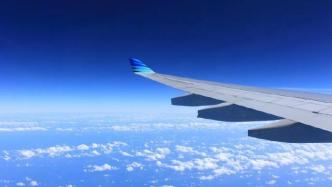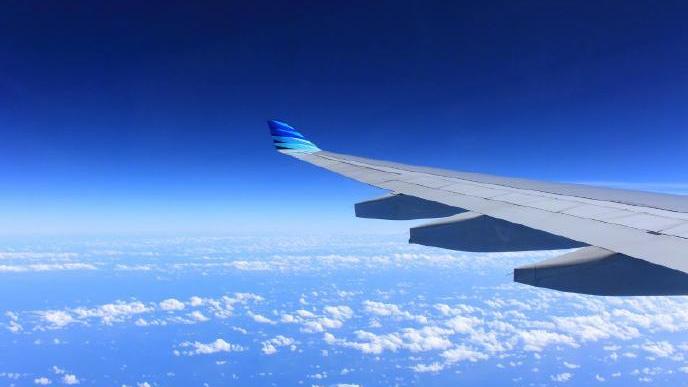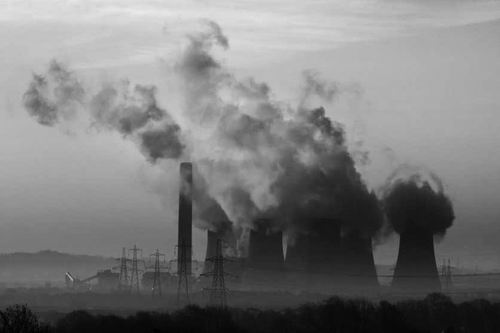

Generally, the higher the carbon dioxide concentration and the higher the air temperature, the stronger the wind shear, leading to increased turbulence.
Is the flight getting more and more bumpy recently? You can probably blame climate change.
Scientists have long predicted that warming air will trigger changes in the flow of air in the upper atmosphere, known as jet streams, increasing the chances of flights encountering turbulence.
Now, Mark Prosser of the University of Reading in the UK and colleagues have assembled evidence that air travel has indeed become bumpier. The analysis shows that turbulence has increased significantly on a global scale over the past 40 years. Related research was published in Geophysical Research Letters on June 8.
The study analyzed climate data from 1979 to 2020 to assess how atmospheric conditions affect the occurrence of clear-air turbulence. Research describes turbulent air invisible to the naked eye, caused by collisions of air moving at different speeds.
The study found that the annual duration of severe turbulence in the North Atlantic, the busiest region of the world traversed by air routes, increased by 55% from 17.7 hours in 1979 to 27.4 hours in 2020. During the same period, moderate turbulence increased by 37%, from 70 hours to 96.1 hours.
Prosser said this was due to changes in the rapids. Generally, the higher the carbon dioxide concentration and the warmer the temperature, the stronger the wind shear, which refers to the vertical or horizontal change of wind speed or direction over a short distance, or both. "This shear causes increased turbulence," he said.
The study found that the largest increases in turbulence were seen in the North Atlantic and the continental United States, with large increases also seen over Europe, the Middle East and the South Atlantic. In fact, the study shows, turbulence has increased more than climate models predict for current levels of global warming.
Prosser predicts that turbulence will continue to increase as the climate changes. For airlines, it could mean more wear and tear on planes and higher fuel costs as pilots divert routes to avoid turbulence-prone areas. "It's losing money for the industry as a whole," Prosser said.
At the same time, passengers and crew may have to spend more time wearing seat belts during the flight to reduce the risk of injury. But Prosser said there was no reason to be "overly concerned". "Fatalities in commercial aircraft due to turbulence are almost unheard of," he said.
Related paper information:
https://doi.org/10.1029/2023GL103814
(The original title was "Airplanes are getting more and more bumpy? It's all the fault of climate change")


